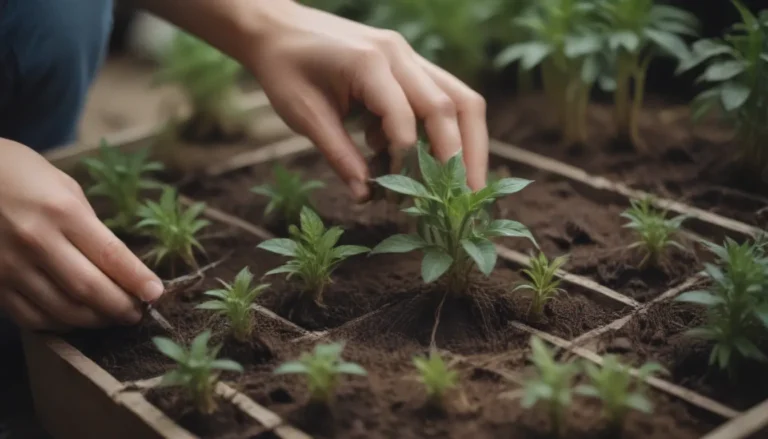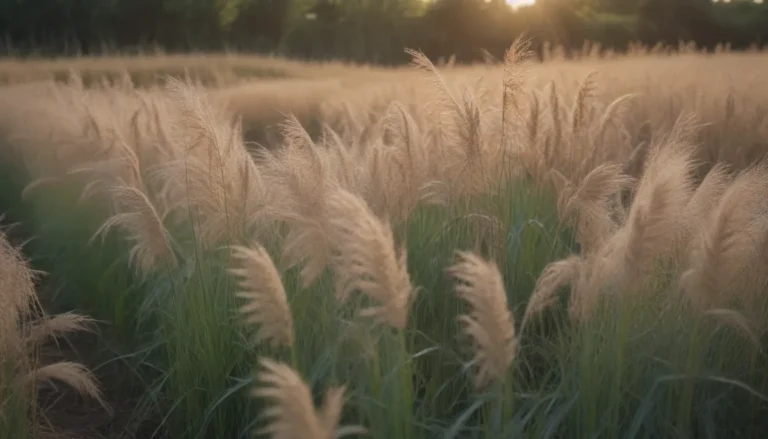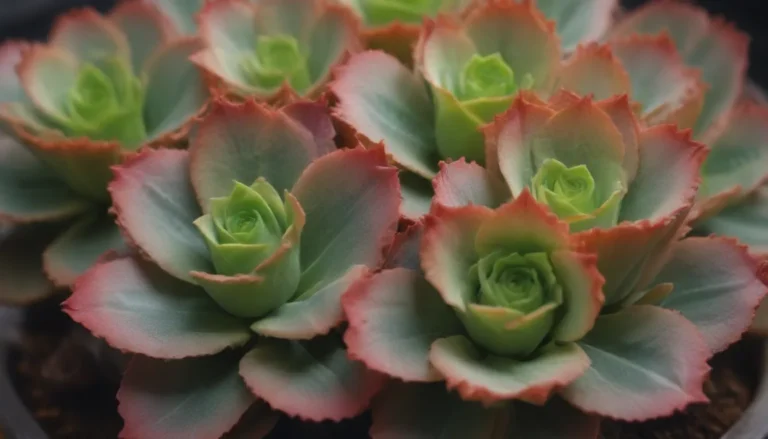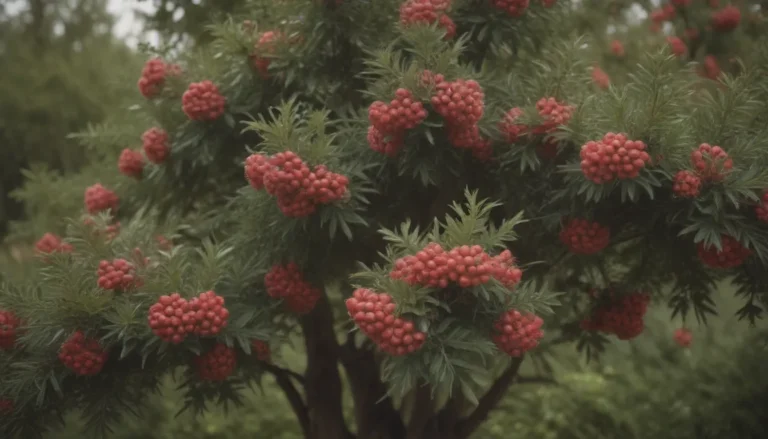Why Are Your Basil Leaves Turning Yellow?
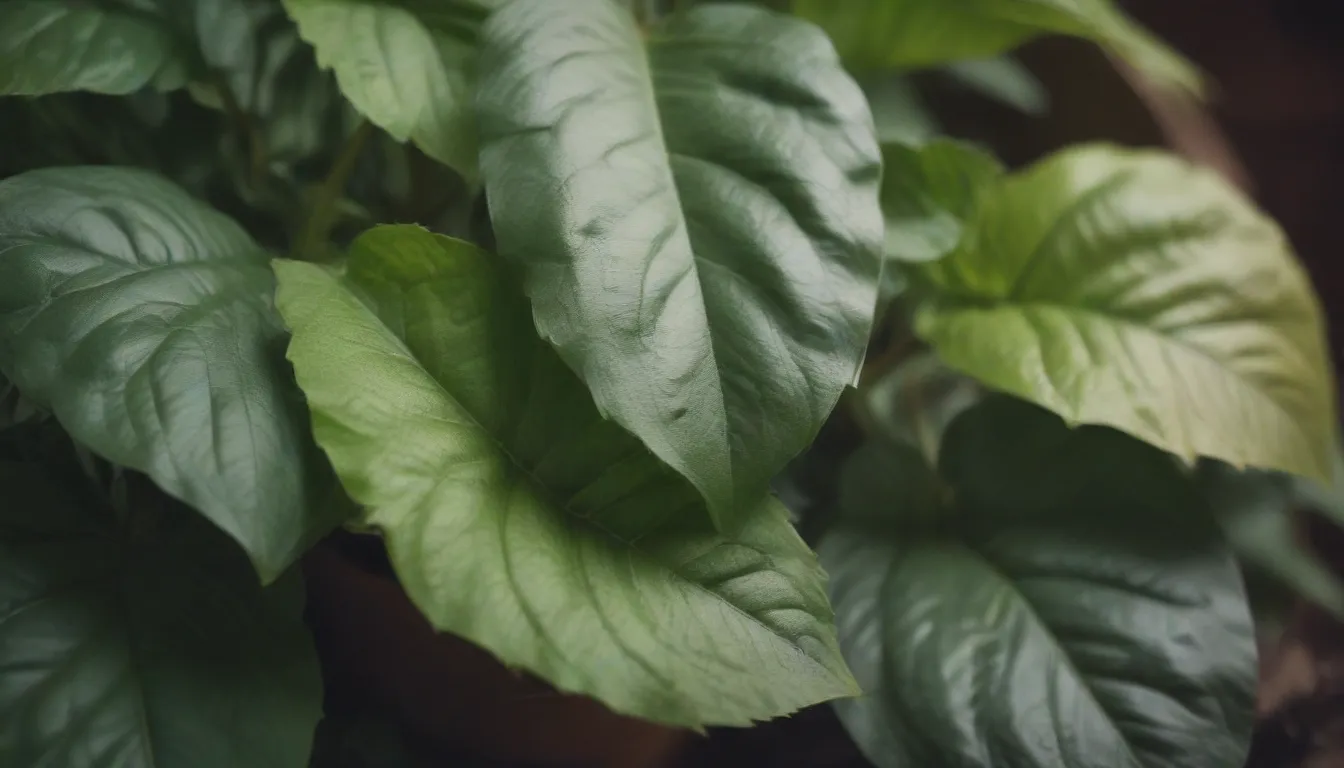
Basil plants are a delightful addition to any garden or kitchen, with their fragrant leaves adding a burst of flavor to countless dishes. However, when those vibrant green leaves start turning yellow, it can be a cause for concern. Yellow basil leaves not only affect the appearance of your plant but can also impact the taste and texture of the leaves. In order to ensure your basil plant thrives and continues to provide you with fresh leaves for your culinary creations, it’s important to understand why this discoloration is happening.
7 Common Reasons for Yellow Basil Leaves
Yellowing of basil leaves can be attributed to various factors related to the plant’s growing conditions. Let’s explore seven common reasons why your basil leaves may be turning yellow, along with tips on how to address and prevent these issues:
- Overwatering
- Overwatering is a common cause of yellow basil leaves, as it can lead to root rot. To determine if overwatering is the culprit, check the soil moisture level. Potted plants may need to be repotted with fresh, dry potting mix, while in-ground plants should be allowed to dry out before watering again.
-
Prevention: Allow the top layer of soil to dry out between waterings and ensure proper drainage for potted plants.
-
Poor Drainage
- Inadequate drainage can also result in yellow basil leaves due to root rot. Loosen compacted soil with compost or sand before planting, and ensure proper spacing between plants to promote airflow.
-
Tip: Avoid overcrowding plants in pots to allow for optimal growth and development.
-
Nutrient Deficiency
- Basil plants may develop yellow leaves as a result of nutrient deficiencies, such as nitrogen or magnesium. Fertilize your plants with a balanced NPK fertilizer to provide essential nutrients for healthy growth.
-
Prevention: Add compost to the soil before planting and regularly feed potted plants throughout the growing season.
-
Incorrect Light
- Basil thrives in warm, sunny conditions but may suffer from leaf burn in temperatures above 80°F. Provide your plants with adequate sunlight while avoiding prolonged exposure to high temperatures.
-
Tip: Provide afternoon shade in hot climates to prevent leaf burn.
-
Inadequate Air Circulation
- Proper pruning and spacing are essential for ensuring good air circulation around basil plants. This helps prevent wilting and yellowing of leaves by maintaining healthy foliage.
-
Tip: Practice good harvesting habits to promote airflow within the plant.
-
Bolting
- Basil may start to bolt in response to high temperatures, leading to yellowing leaves as the plant prepares to flower. Regularly check your plants and pinch off buds to encourage leaf growth.
-
Prevention: Remove flowers promptly to promote branching and more leaf production.
-
Pests and Plant Disease
- Insect pests like spider mites can cause yellowing of basil leaves, while diseases like downy mildew and fusarium wilt can also lead to discoloration. Treat infestations promptly to prevent further damage to your plants.
- Tip: Remove infected plants to prevent the spread of disease and ensure the health of your remaining basil crop.
By addressing these common issues and providing your basil plants with proper care and attention, you can prevent yellowing leaves and ensure a bountiful harvest of fresh, flavorful basil throughout the growing season.
Additional Tips and Information
In addition to the reasons mentioned above, there are a few more tips and insights to consider when dealing with yellow basil leaves:
- Pruning: Proper pruning techniques can help promote bushy growth and prevent overcrowding of leaves, which can lead to wilting and yellowing.
- Harvesting: Regular harvesting of mature leaves can encourage new growth and maintain the health of your basil plants.
- Temperature Control: Monitor temperatures and provide adequate protection for your basil plants during extreme heat or cold conditions.
- Soil Health: Ensure your soil is rich in nutrients and well-draining to support the healthy growth of basil plants.
- Pest Prevention: Implement pest control measures to protect your basil plants from common pests and diseases.
By incorporating these tips into your basil care routine, you can keep your plants thriving and minimize the risk of yellowing leaves. Remember that proactive care and attention to detail are key to maintaining the health and vitality of your basil plants.
Conclusion
Yellow basil leaves are a common issue that many gardeners face, but with the right knowledge and techniques, you can address the underlying causes and restore your plants to health. By identifying the reasons for leaf discoloration, such as overwatering, poor drainage, nutrient deficiencies, or pest infestations, you can take proactive steps to care for your basil plants and prevent further damage.
Maintaining optimal growing conditions, including proper watering, adequate sunlight, good air circulation, and regular pest control, will help ensure that your basil plants remain vibrant and productive. With a little attention to detail and a bit of TLC, you can enjoy a thriving basil garden that provides you with fresh, flavorful leaves for all your culinary endeavors.
Remember, healthy basil plants mean vibrant green leaves that not only enhance the taste of your dishes but also add a touch of beauty to your garden. So, roll up your sleeves, get your gardening gloves on, and give your basil plants the care and attention they deserve. Happy gardening! 🌿
